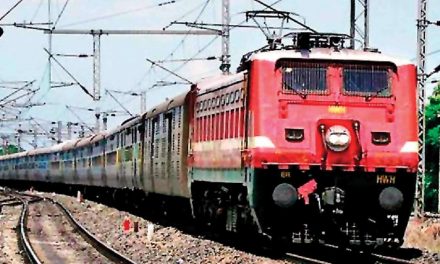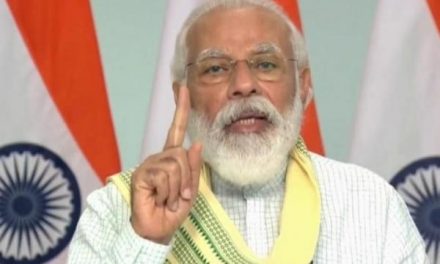The goods and services tax (GST) is a value-added tax levied on most goods and services sold for domestic consumption. The GST is paid by consumers, but it is remitted to the government by the businesses selling the goods and services. In effect, GST provides revenue for the government.
Structural Changes To Make:
REDUCE NO. OF SLABS
To start with, we must put the debate on frequent TAX rate changes to rest by bringing in a white paper outlining the rate structure we want over the next few years. Increase in tax rates does not guarantee increased GST collections, that too during the phase of the economic slowdown. However, there is a need to simplify the structure by reducing the rate of slabs to three. Either we need to collapse 12% & 18% or 5% & 12% slabs into a single rate.
EASE INPUT TAX CREDITS
Broad-basing the input tax credit (ITC) system is also urgently needed. Logically, GST incurred on all business expenses should be allowed as setoff, in line with global best practices. If liberalising the credit is not possible then a flat denial of say 5% of total input taxes, at the option of the taxpayer, can be explored without the need of detailed scrutiny of nature of expense incurred. Blocking input credit for sectors such as restaurants and real estate distorts the GST chain and must be reviewed.
EXPAND THE TAX NET
A large part of the economy is still outside the GST net and GST Council should have a comprehensive discussion on how real estate, petroleum and electricity can be brought in its fold. This can be done in a staggered manner by first bringing in industrial fuels like Aviation Turbine Fuel (ATF) and natural gas.
REWORK ITC
Businesses are starved of cash as of now and GST is one of the reasons. The input tax credits are claimed at a state level and many businesses have credit accumulation in one state but are required to pay tax in cash in some other state(s). At least for central GST, a national pool can be considered, in addition to exploring innovative ideas of allowing an offset against income tax. Any excess input taxes should ideally be allowed as a refund, subject to safeguards that may be needed.
SET REALISTIC TARGETS
From the government’s standpoint, monthly average GST collection has only been a tad above Rs 1 lakh crore in the current fiscal year and the budgeted target is likely to be missed by a significant margin. While revenue collection is important, it should not determine the success of GST, which is manifested in ease of doing business and an increase in the tax base.
With the new compliance regulations, including e-invoicing, proposed from April 2020, the revenue collection is likely to improve with real-time tracking of input credits claimed by businesses.
One would hope that the government would set a more realistic collection target in the upcoming Budget.












